The Counter-Strike: Global Offensive Majors have created several magical storylines over the past six years. Teams dominated the scene, some underdogs went to the playoffs, and others have won the title.
It all started at DreamHack Winter in November 2013. And now, StarLadder is about to host the 15th Major, which starts on Aug. 23 in Berlin.
Here are five great storylines that happened at CS:GO Majors.
Fnatic 2015: The first back-to-back Major champions

For anyone who’s new to the competitive CS:GO scene, Fnatic may not sound like a scary team. The Swedes didn’t qualify for the upcoming StarLadder Berlin Major and haven’t won a big tournament since IEM Katowice in March 2018.
But Fnatic were the most feared team in 2015. The lineup featured Markus “pronax” Wallsten, one of the brightest in-game leaders in CS:GO history, Olof “olofmeister” Kajbjer, the best player in the world at the time, Jesper “JW” Wecksell, an AWPer with sick movement skills, Freddy “KRIMZ” Johansson, one of the best support players to ever touch CS:GO, and Robin “flusha” Rönnquist, a well-rounded player who was even accused of cheating in CS:GO’s earliest stages.
Those five players dominated the scene in 2015 when they became the first team to win two-straight Major tournaments. At ESL One Katowice in March 2015, the first Major of the year, Fnatic only lost one out of nine maps and it was in the grand finals against Ninjas in Pyjamas. Olofmeister was the best player in the tournament, finishing with a 1.31 rating across nine maps.
Fnatic repeated their success at the second Major of 2015, ESL One Cologne in August. The Swedes lost only one map out of nine again, this time to Virtus Pro in the semifinals. But they had no problem beating Envy in the grand finals to become back-to-back Major champions. This time, Olofmeister wasn’t the hard carry as much as flusha, who was the highest-rated player at the tournament with a 1.39 rating across nine maps.
The Swedish powerhouse didn’t perform too well at the third Major of the year, DreamHack Open Cluj-Napoca in October, losing to Envy in the quarterfinals as the French side avenged their defeat at ESL One Cologne and won the Major by beating Natus Vincere in the grand finals.
In the weeks that followed DreamHack Open Cluj-Napoca, Fnatic got rid of pronax and wasn’t the same team again at the Majors. Actually, the Swedes even saw another team become scarier in 2016.
Luminosity Gaming/SK Gaming 2016: A very-skilled Brazilian team takes over

Who would’ve guessed in 2015 that the Brazilian squad led by Gabriel “FalleN” Toledo would become the best team in the world in 2016? Probably just a few fans since Keyd Stars and later Luminosity Gaming got knocked out in the quarterfinals of all three 2015 Majors.
But two roster changes worked wonders for the Brazilians after DreamHack Open Cluj-Napoca. They replaced Ricardo “boltz” Prass and Lucas “steel” Lopes with Epitácio “TACO” de Melo, an upcoming player who was too good to be playing in Brazilian tournaments, and Lincoln “fnx” Lau, a Counter-Strike 1.6 legend who was hungry for titles in CS:GO.
Those two meshed well with the rest of the roster. FalleN was putting up big numbers while in-game leading, Fernando “fer” Alvarenga was doing damage with his aggressive playstyle, and Marcelo “coldzera” David became the best player in the world, taking olofmeister’s crown.
Luminosity made history at MLG Columbus in April 2016, the first Major hosted in the U.S. and the first to have a $1 million prize pool. The Brazilians left behind teams like NiP, Virtus Pro, Team Liquid, and Natus Vincere. Although the grand final was played against Na’Vi, every Brazilian fan certainly remembers the match against Liquid.
Luminosity were down 15-9 before coldzera pulled off a miracle with the AWP on Mirage’s B apartments. He lit the fire under the rest of his team and the Brazilians won the game 19-15. Cache, the second map, also went to overtime after another Luminosity comeback, but history was already made in that Mirage game, which earned a graffiti for coldzera.
FalleN and crew moved to SK Gaming in July 2016, which disqualified them from ELEAGUE season one despite being at the top of the table. But that didn’t affect the team’s performance at the second Major of the year, ESL One Cologne in July.
SK again dominated it from the beginning and decimated Liquid in the grand finals. Coldzera won his second Major MVP award, finishing the event with a 1.37 rating across nine maps.
Sadly for Brazilian fans, though, ESL One Cologne was the last big title for this lineup. Fnx was put on the bench and SK decided to play the first Major of 2017, ELEAGUE Atlanta, with Portuguese player Ricardo “fox” Pacheco as a stand-in.
Gambit 2017: An unexpected team win the Major

It’s not like Gambit arrived at PGL Kraków in July 2017 in totally bad shape. The CIS team won a mid-tier tournament in April at the DreamHack Open Austin and was sitting in the top 10 of HLTV’s rankings.
But an issue arose before the Major started at their boot camp. Gambit players said in interviews that they were beaten by almost every team in preparation for the event and they weren’t even close matches. This led to Gambit playing the Major with almost no hope of making a good run.
The squad led by Danylo “Zeus” Teslenko, a legendary leader in the CIS scene, moved out of the group stage with a solid 3-0 record against mousesports, G2, and Virtus Pro.
After they beat Fnatic in the quarterfinals, Gambit faced Astralis, who had just defeated SK, the favorites to win the tournament. The CIS side went up 13-9 on Train, the last map in the series. But things started to crumble when Astralis were reading Gambit’s terrorist plays by a mile. Zeus called a timeout when the game was at 13-12 and it changed the outcome of the match. Gambit started playing faster and Astralis couldn’t adapt to the change of pace. Zeus, a player who isn’t extremely mechanically skilled, was the top fragger on Train with 24 kills and led his team to the grand finals.
Gambit faced another underdog in the grand finals, Immortals’ Brazilian squad. And they showed resilience after being crushed on the first map, Cobblestone. Gambit reacted on Train and took the match to Inferno. The CIS team had the lead from the beginning and shut down almost all of Immortals’ offensive plays. But the smartest play of the grand finals was made by Mikhail “Dosia” Stolyarov. Immortals’ were already gathering to save in the Pit after their successful round and Dosia helped kill two of their players with a HE grenade, damaging the Brazilians’ economy.
Gambit won the map and became the first CIS team to win a Major. This definitely made Na’Vi regret getting rid of Zeus in August 2016, but Na’Vi eventually brought Zeus back just weeks after Gambit won the PGL Kraków Major.
Dauren “AdreN” Kystaubayev, the Major’s MVP, took over as Gambit’s in-game leader, a move that didn’t pay off. Gambit achieved nothing after Zeus left and had the fastest downfall of a Major champion.
Quantum Bellator Fire 2018: A CIS team that surprised everyone and made the playoffs

Quantum Bellator Fire created one of the coolest Major storylines. The unknown team played the CIS open qualifier and got into the CIS Minor in 2018. It was already an unexpected campaign, but they kept going beyond all expectations. Quantum Bellator Fire came in second place at the CIS Minor and qualified for the ELEAGUE Boston Major New Challengers stage, earning in-game stickers.
The heavy underdogs advanced to the New Legends stage after beating Flash Gaming, Envy, and AVANGAR, the CIS Minor winners, in the decider match. They then proceeded to the New Champions stage with a 3-1 record, beating Virtus Pro, Gambit, and mousesports.
But the fairy tale came to an end in the Major’s quarterfinals when Quantum Bellator Fire were no match for the stronger Na’Vi.
The players kept their heads held high, though. They overcame a ton of difficulties to get to the New Legends stage. Gregory “balblna” Oleinick, one of the Russian players, had to play from a LAN center for more than six months. His house had internet issues and he couldn’t afford to play while constantly lagging.
“It has been really hard for me,” Balblna said to HLTV. “I haven’t played at home in almost half a year.”
Since they achieved Legend status, though, it assured that the team would have another chance at the following Major, FACEIT London in September 2018. The team moved to Winstrike, a new organization, but couldn’t replicate the same success they had in Boston, which eventually led to them splitting up.
Cloud9 2018: North America sits on top of the CS:GO world
Quantum Bellator Fire weren’t the only surprise at the ELEAGUE Boston Major in January 2018. Cloud9 faced Sprout, Envy, and mousesports in the New Challengers stage and moved on with a clean 3-0 record.
The New Legends stage was much tougher, though. Cloud9 sat on the brink of elimination after losing to G2 and Space Soldiers. One more loss would’ve eliminated the North Americans from the Major. But Cloud9 mowed down Virtus Pro, Astralis, and Vega Squadron to play in the Major’s playoffs.
Cloud9 breezed past G2 and SK in the quarterfinals and semifinals, respectively, to finally face the strongest team at that Major, FaZe Clan. The international team led by Finn “karrigan” Andersen headed into the grand finals as huge favorites.
It looked like FaZe had the upper hand after beating Cloud9 in the first map, the North Americans’ choice. But Jake “Stewie2K” and crew reacted on Overpass, FaZe’s best map, and a Major would once again be decided on Inferno.
FaZe were up 15-11 before a miracle happened on the ELEAGUE stage. Cloud9 started to hit all of their shots and brought the game to overtime after Stewie2K killed four players while defending the B bombsite with his AWP.
The overtime wasn’t easy, though. Cloud9 had the chance to close it out 19-16, but karrigan won a difficult clutch with no health left against Stewie2K. FaZe also won the final round of the first overtime to tie things up once more. But karrigan and crew didn’t resist in the second overtime and Cloud9 were absolutely fired up.
The American sniper Tyler “Skadoodle” Latham went on to win a Major after not making it to the playoffs on eight-straight occasions. He ended his curse in style and didn’t hold back his emotions during the post-match interview.
But Cloud9 suffered a quick downfall, just like Gambit did. The North Americans never played at the same level again and it motivated Stewie2K and Tarik Celik to move on and play for MIBR. Cloud9 hopes to play at the highest level again with its brand-new roster for the second half of 2019.
What storylines will be created at the StarLadder Major Berlin? There are some good candidates in Team Liquid, Vitality, and Astralis. We’ll find out when the event starts on Aug. 23.




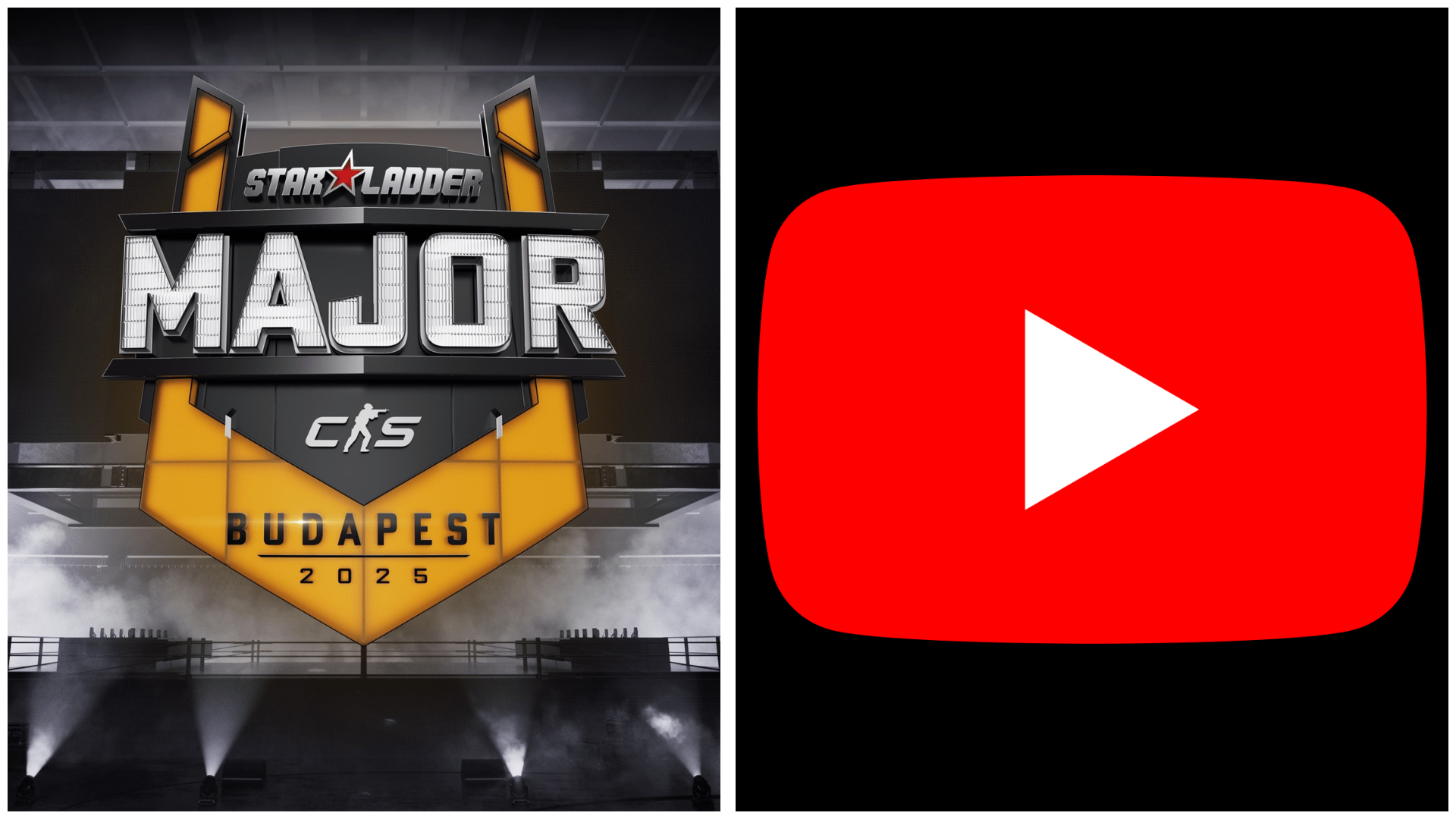
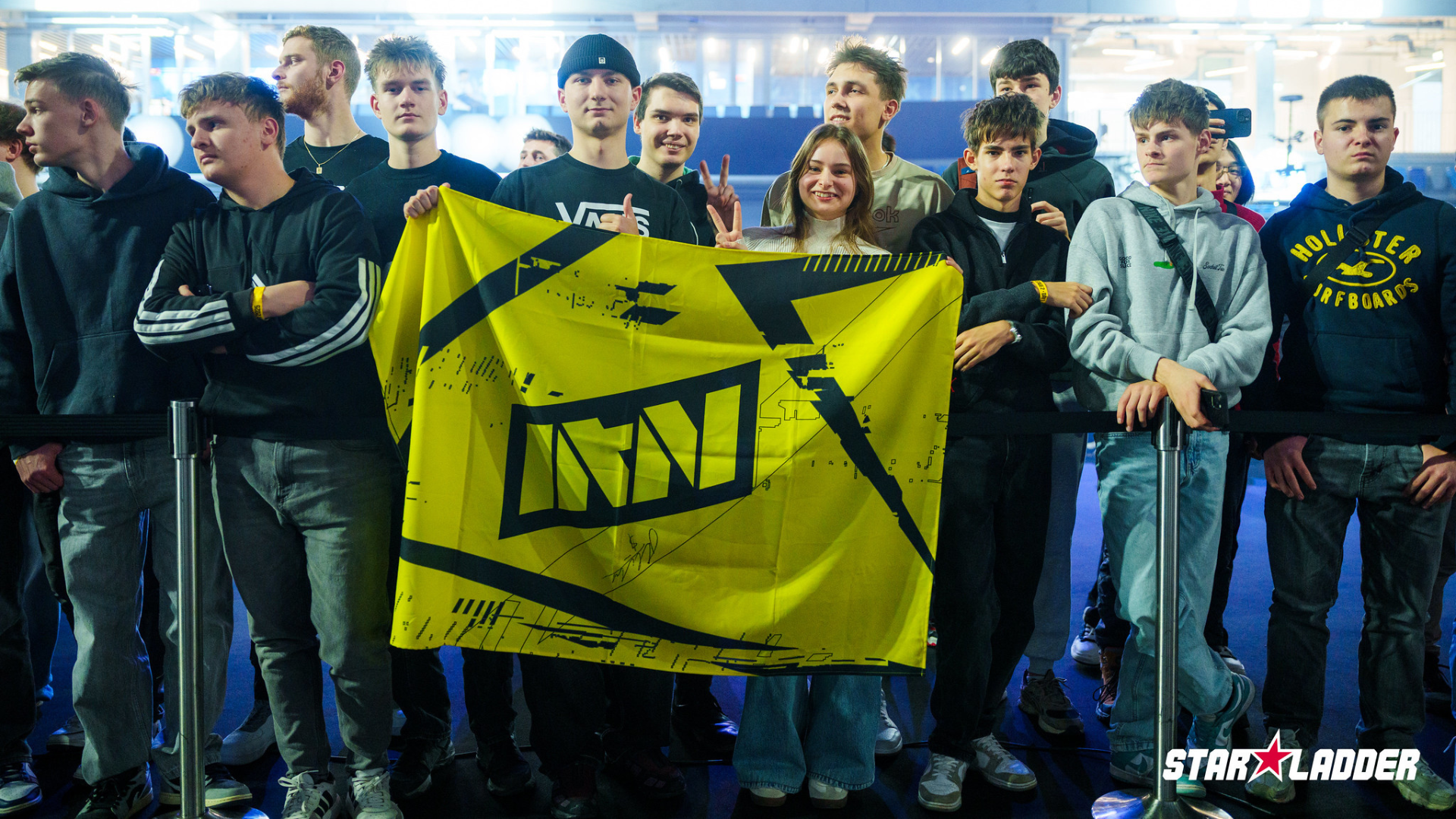
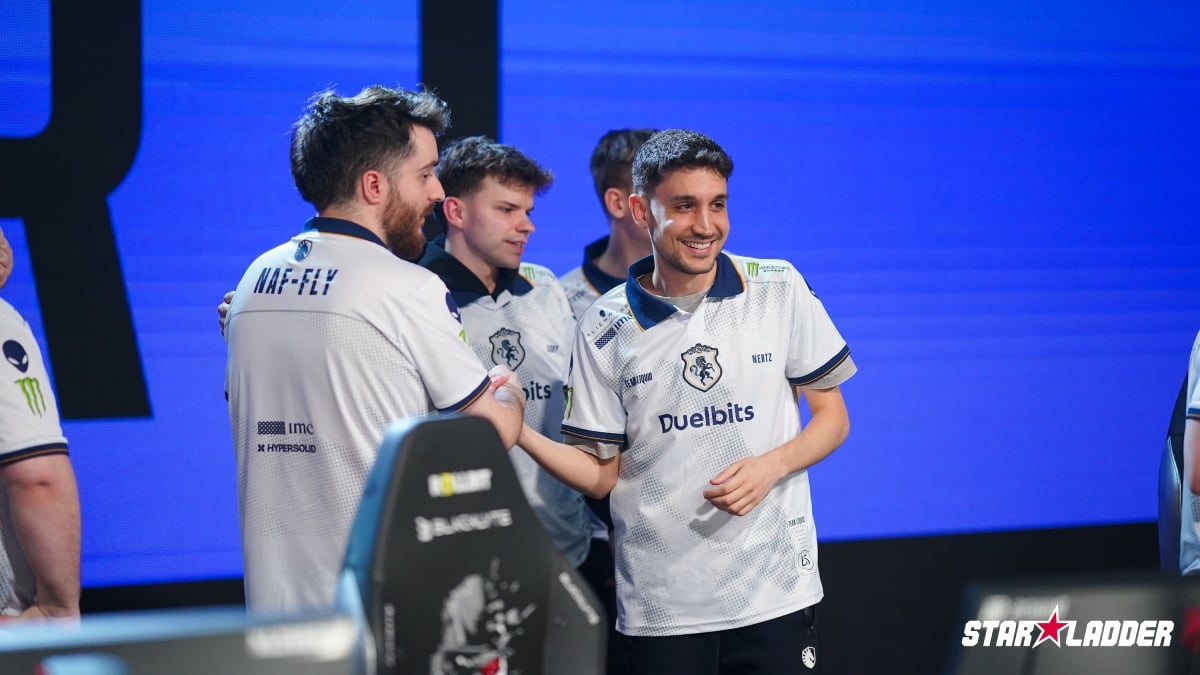
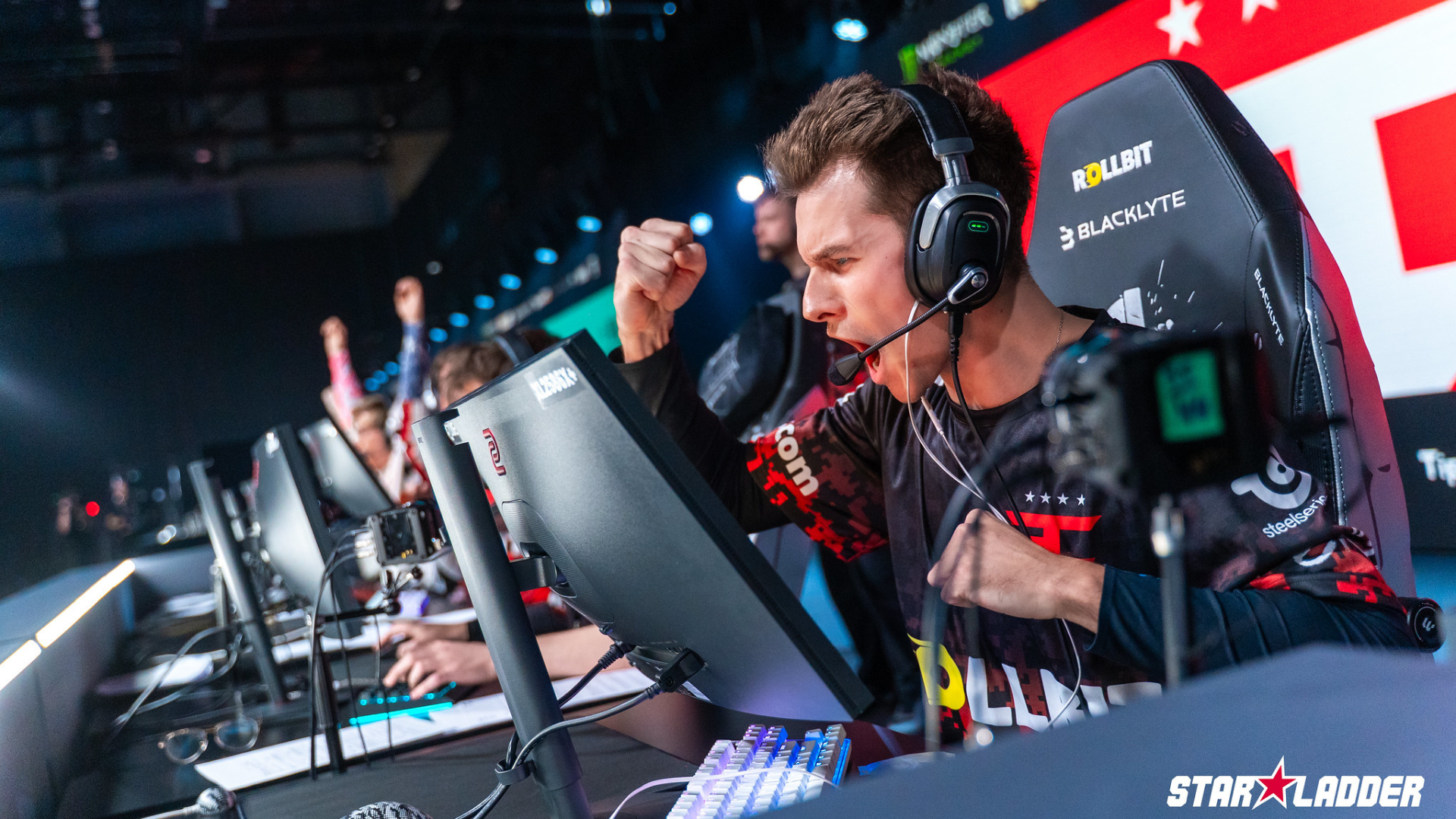
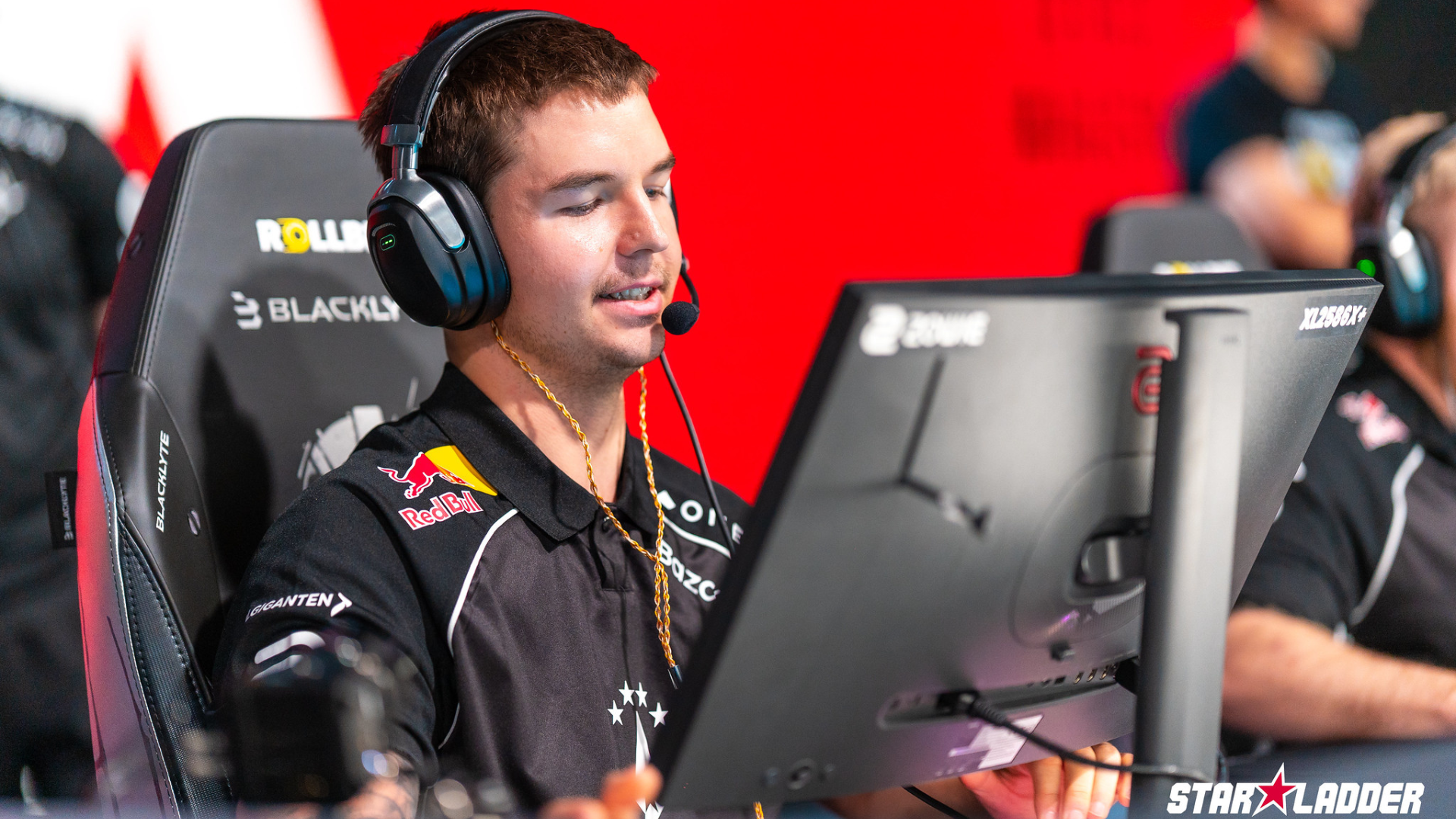
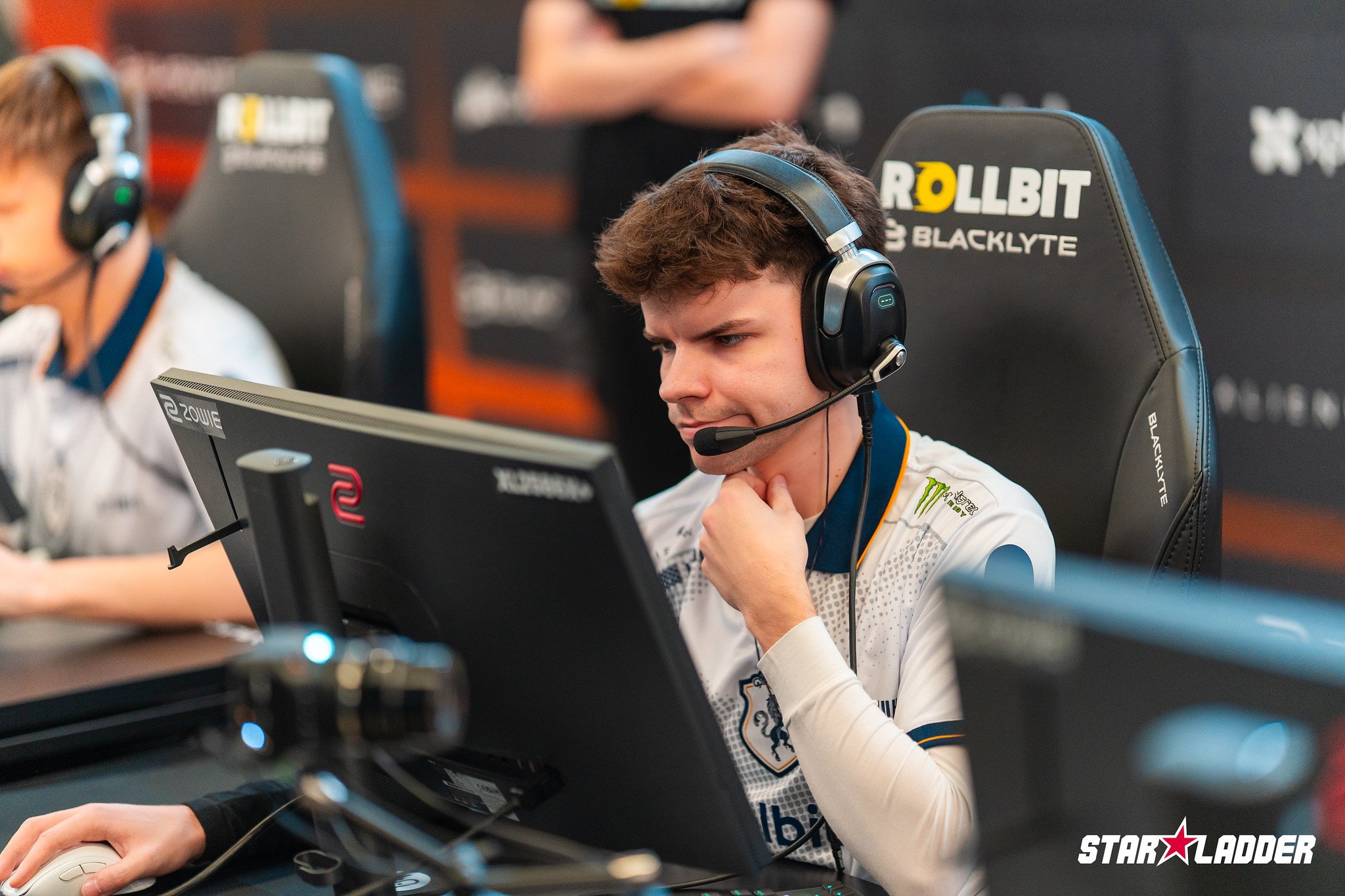

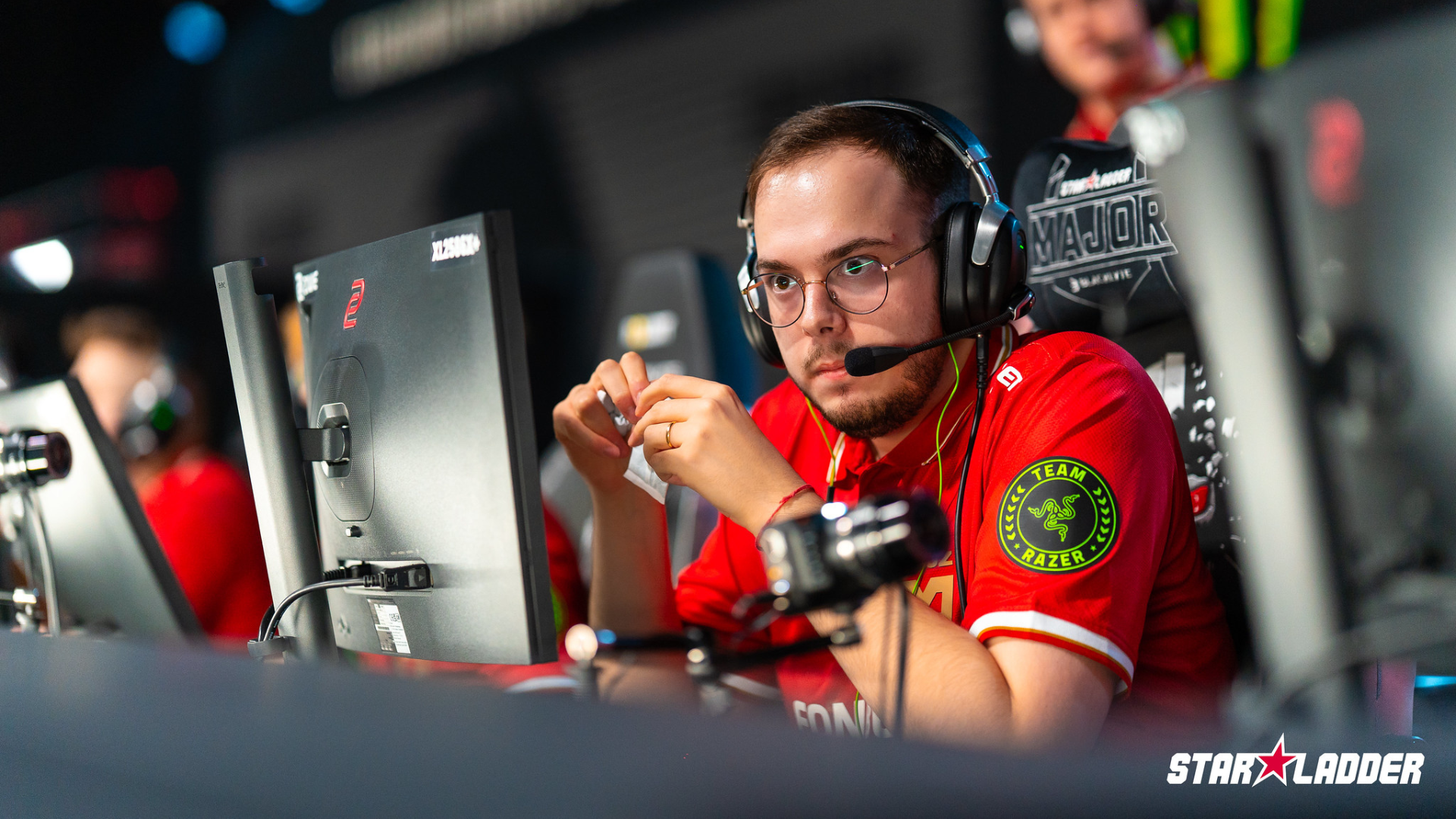
Published: Aug 19, 2019 01:55 pm